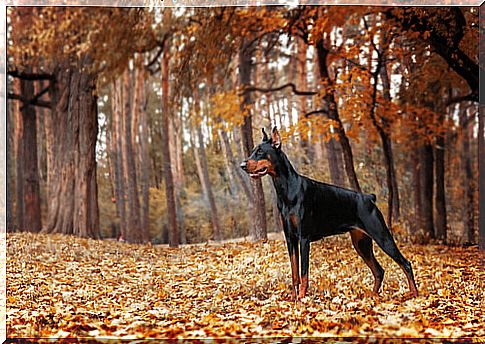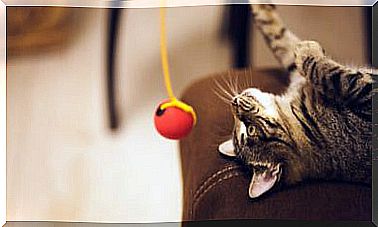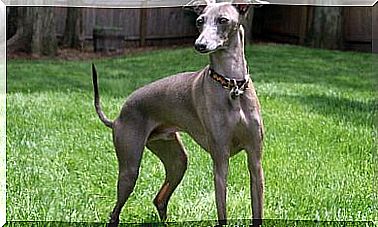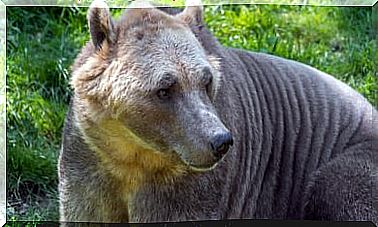Legal Regulation Of Protection Dogs

Historically, humans have trained protection dogs to take care of their property and family. In fact, it is very likely that the first dogs were already trained for hunting and protection; Humans quickly realized that dogs could help them obtain food and protect their families.
For this reason, many countries have adopted specific rules to regulate the keeping of guard dogs. Next, we will see in more detail what the Spanish regulations say regarding protection dogs.
What does the law say about protection dogs in Spain?
In Spain there is still no legislation at the national level that regulates the possession of protection dogs. In practice, each municipality has the right to establish regulations that guide the breeding of dogs for guard duties.
In Madrid, for example, this issue is regulated within the Regulatory Ordinance of the Ownership and Protection of Animals. Said document determines that protection dogs must be kept in properly conditioned environments, where they cannot cause damage to people and property.
Likewise, the owner is forced to visibly warn that there is a guard dog on his property. In addition to assuming civil responsibility for damages caused by their dogs to third parties or to the municipal patrimony.
It is clarified that protection dogs should in no way be mistreated or forced to perform their function against their will. The dog is also not allowed to be permanently tied up and, when chained, it should have minimal freedom to move in its environment.

As they usually live outdoors, the ordinance also provides that a protection dog should not be exposed to the elements ; You must always have shelters to protect yourself from adverse weather conditions.
Can protection dog abuse be reported?
Yes. The fact that an animal performs guard duties does not mean that it can suffer abuse or neglect. If it is identified that a protection dog lives in unsanitary conditions, suffers violence or physical exploitation, the report can be made in person or by telephone.
The ideal is to appear before the town hall, court, go to the Civil Guard or the Police to formalize a complaint in person. If possible, the statement should be accompanied by photos, recordings or testimonies that prove the abuse.
Guard dogs, not attack dogs
Unfortunately, a notion persists that guard dogs are trained to attack. But this is false, since the guard function usually consists mainly in alerting the owners to the presence of strangers to thwart invasion or robbery attempts.
In conscious training, the protection dog is prepared to maintain a balanced and self-confident temperament in risky situations. When identifying a danger, this dog acts intelligently: it mainly uses barking to alert its owner and, at the same time, will try to drive away invaders.
Attack is the last resort a guard and protection dog should use to defend property and family members. Likewise, it should only occur after the specific order of its master; Your goal is to immobilize the invader and not to mindlessly hurt or kill.

‘Dangerous dogs’: more awareness, less stigmata
As with the so-called potentially dangerous dogs, protection dogs are often feared for the morphological characteristics of their breed, and not for their actual behavior or for the training they have received to act as guardians.
Agreeing or not with the training of protection dogs, it is necessary to raise awareness about the dangers of stigmatizing certain dog breeds. Because by doing it unfairly, something that comes from its upbringing is attributed to the nature of the dog.
When we talk that there are no dangerous dogs but irresponsible or inexperienced owners, we are not repeating a cliché. In fact, there are several studies that show that a dog’s behavior is not determined solely by its genetic heritage or lineage; much depends on the education and environment provided during their upbringing.
Any dog can become aggressive when it is deprived of the basic freedoms of animal welfare or when it is subjected to improper handling by its owners. Regardless of its race, gender or age, aggressiveness is not a personality trait of a dog, but rather a behavior problem that is generally associated with an inadequate education.
Therefore, instead of discussing the prohibition of some breeds or the limitation of the rights of their owners, we should focus on combating animal abuse and promoting responsible ownership for all dogs.









